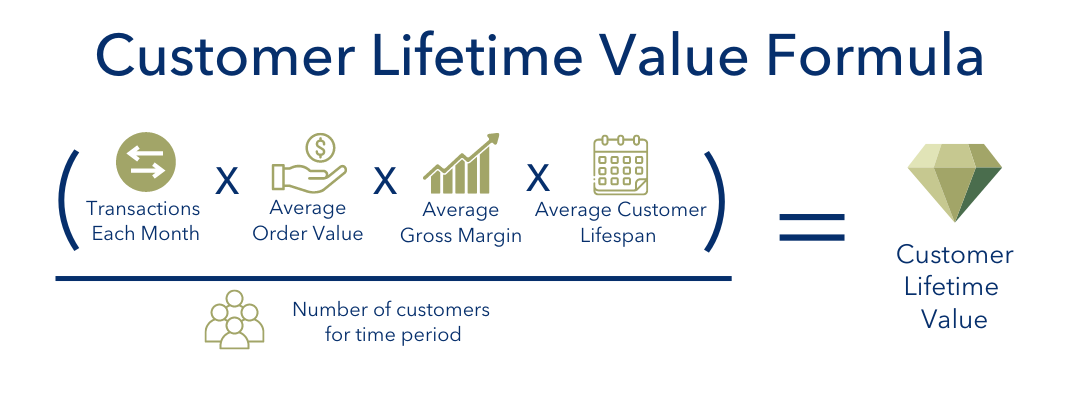Contents
Say "Hey"👋
Subscribe for weekly updates

Subscription Businesses 101
The subscription economy has taken off over the last few years, disrupting every industry from food and movies to auto purchases. Subscribers love the convenience, price, and discovery. Business owners love the stable and predictable income in the form of recurring revenue. Success with running a subscription business is simple in theory. But proper set-up, management, and evolution of your model is critical. Let’s dig into the basics of what makes the subscription economy tick.
What's a Subscription Business Anyway?
In a subscription business model the customer pays periodically in exchange for a product or service. Subscription businesses are your Netflix, gym membership, and loyalty cards. At its core, the subscription business model is simple—grow recurring revenue through the acquisition and retention of subscribers.In recurring billing, a customer agrees to pay periodically for a product or service. Common billing is weekly, monthly, and annually. A good example is the monthly bill every gym member pays.
Recurring revenue is stable and predictable income that’s earned from recurring bills. Referencing our gym example, recurring revenue is the total money earned from monthly memberships.
How Do I Measure Subscription Performance?
The goal of any subscription business is growing total recurring revenue with long-term relationships. Businesses pay close attention to subscriber attrition and member growth.Churn rate is the percentage of people who unsubscribe to your service. A high churn can show a weak product, poor targeting, bad service, disconnected pricing, and more. Decreasing churn rate is a whole lot cheaper than acquiring new subscribers.
Customer churn is the number of people you’ve lost, while revenue churn is the amount of money lost. Customer churn helps you manage delinquent customers, downgrades, and cancellations. Revenue churn measures the total amount of money being lost from churning subscribers.
CAC is the price of getting people to subscribe. Knowing the true price of acquiring a customer helps businesses gauge whether or not the service can scale. If the costs are more than the lifetime value (LTV) of a subscriber, then your business is losing money.
ARPA shows the average revenue generated over a set period. Simply put, you divide revenue from all subscribers by the total number of subscribers. ARPA is an extremely important metric for subscription businesses because if MRR is growing and ARPA decreasing, your business isn’t sustainably growing.
CLV tells us how much we can earn from each customer over the length of their subscription. Unlike other business models, recurring revenue makes forecasting the life of a subscriber more accurate.


How Can I Make My Subscription Business Perform Better?
A successful subscription business starts with a happy subscriber. Better customer support, more opportunities to engage with your brand, and a reliable product will decrease churn and positively impact the bottom line.Always start with your customer service. Most of the time churn is because of poor onboarding, bad communication, no customer direction, bad user experience, or ignoring complaints altogether. Use email, social, chatbots, and live support to make it easy for subscribers to get in touch. And when a subscriber contacts with a question or request, make providing great service your top priority.
There isn’t a cookie cutter way to grow recurring revenue, but here’s a great place to start:
- Offer upsell and cross sell opportunities with customer upgrades and additions. Subscribers are always looking for ways to optimize
- Offer a tiered pricing plan. Let your customer pay for exactly what they want and need
- Use freemium plans to get people in the door and engaging with premium features
- Source more leads and try artificially increasing your net of potential customers
Cross selling is offering anything in conjunction with your service. Cross selling is when your food subscription service also sells hot sauces to spice up your offering.
Upselling is when your business offers add-ons for more money. Upselling is when your clothing subscription offers a high-fashion premium edition for an extra $50/month.
Check out our upsell tips, tricks, and strategies
Upselling is when your business offers add-ons for more money. Upselling is when your clothing subscription offers a high-fashion premium edition for an extra $50/month.
Check out our upsell tips, tricks, and strategies
Why is Subscription Loyalty and Lifestyle Special?
Loyalty and lifestyle programs are a great way to keep customers engaged while offering value to their life. They provide a great upsell opportunity, which helps boost all your metrics.These programs are also known as paid loyalty programs. Members agree to pay a recurring membership fee for a benefit. For a lifestyle program, it’s paying for access to premium services and discounts to increase the quality of their life. For a loyalty program, it’s offering a benefit to paid subscribers as they use and engage with the program.
Loyalty programs give your subscribers more bang for their buck. Offering more perks and savings is an excellent way to improve customer engagement and value. And for the business, upselling loyalty provides a stable way to enhance and prolong profitability.
Interested in generating revenue through marketing our uniquely successful programs?
Reach out today at contact@sempris.com




